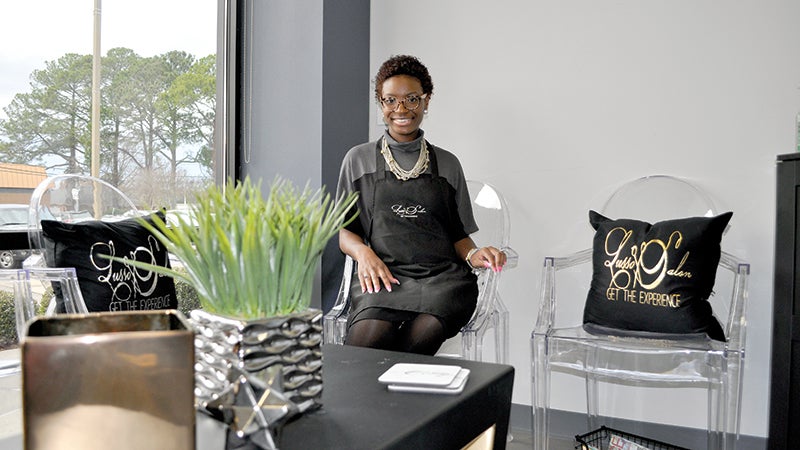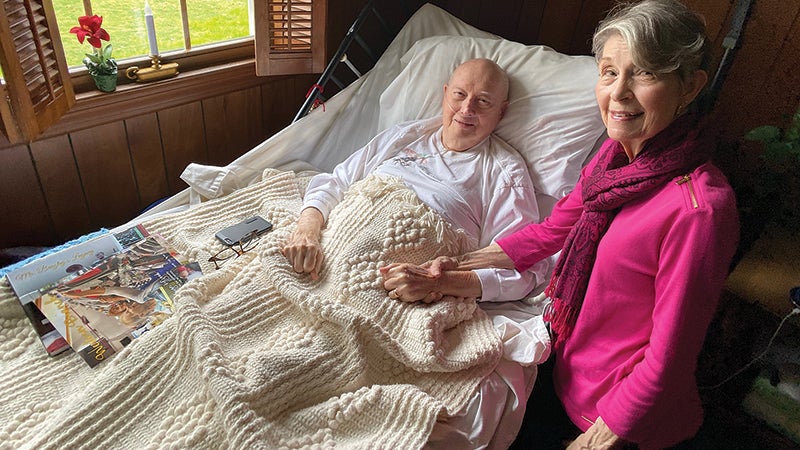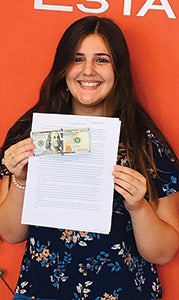Earth science, inspired
Published 10:01 pm Friday, March 3, 2017

- Susan Hoofnagle Hodges, Chesapeake Public Schools’ 2016-17 Secondary Teacher of the Year, reviews weather instruments with some of her students, including Seth Huthmaker, Natalie Chew, Megan Criddle, Jerrell Coppock and Alexis Hennings.
In an earth science classroom at Western Branch High School, rocks aren’t just rocks, tectonic plates aren’t just part of the earth and latitude and longitude aren’t just lines on a map.
When you have a teacher like Susan Hoofnagle Hodges, it’s hard not to be excited about earth science. The rocks seem to come to life with talk of the fossils that can be found in them and of the dinosaurs that lived long ago. Tectonic plates shift and cause earthquakes. Latitude and longitude are the lines that help track hurricanes.
Most of all, Hodges herself stays high-energy and excited about her work.
“It’s not just rocks,” said Hodges, who is in her 24th year of teaching and was the 2016-2017 Secondary Teacher of the Year for Chesapeake Public Schools. “The kids love fossils. That’s just a little piece of it, but you hook them in with that. Who wants to be in a boring class?”

Susan Hoofnagle Hodges, the 2016-17 Secondary Teacher of the Year for Chesapeake Public Schools, is flanked by Superintendent Dr. James T. Roberts, left, and Chesapeake Public Schools Board Chairman Jeff Bunn, right. (Submitted Photo)
Hodges majored in geology in college after being inspired during a field camp trip to Colorado. But she knew it would be difficult to get a job in Virginia with that major, unless she became a teacher, so she ended up getting her master’s degree in science education.
She decided she liked having summers off, and it was convenient for her family once she had children — Kit, now a junior, and Artie, a freshman — both of whom attend Western Branch.
She has taught at Nansemond River High School in Suffolk and Ocean Lakes High School in Virginia Beach, but she feels she’s found her home in Western Branch, where she’s taught for seven years now.
“I’m from Western Branch, so it was nice to come home again,” she said.
Hodges likes to inspire her students with fun experiments, like blowing bubbles on the desks with dish soap and a straw and measuring the splat after the bubble pops.
She teaches a lot of cross-curricular skills — like using latitude and longitude to map and track earthquakes and hurricanes and to attempt to predict where the next ones will happen.
But for Hodges, the most fun is seeing a student transform, not just in their knowledge of earth science but also in their organizational skills and inspiration to do well.
Hodges said she frequently has former students stop by her class and tell her how well they’re doing in all of their other classes — even English, math and history — thanks to the skills they learned in her class.
“The most rewarding part is seeing the light bulb go on,” she said. “That’s the big moment, because it happens every semester.”






